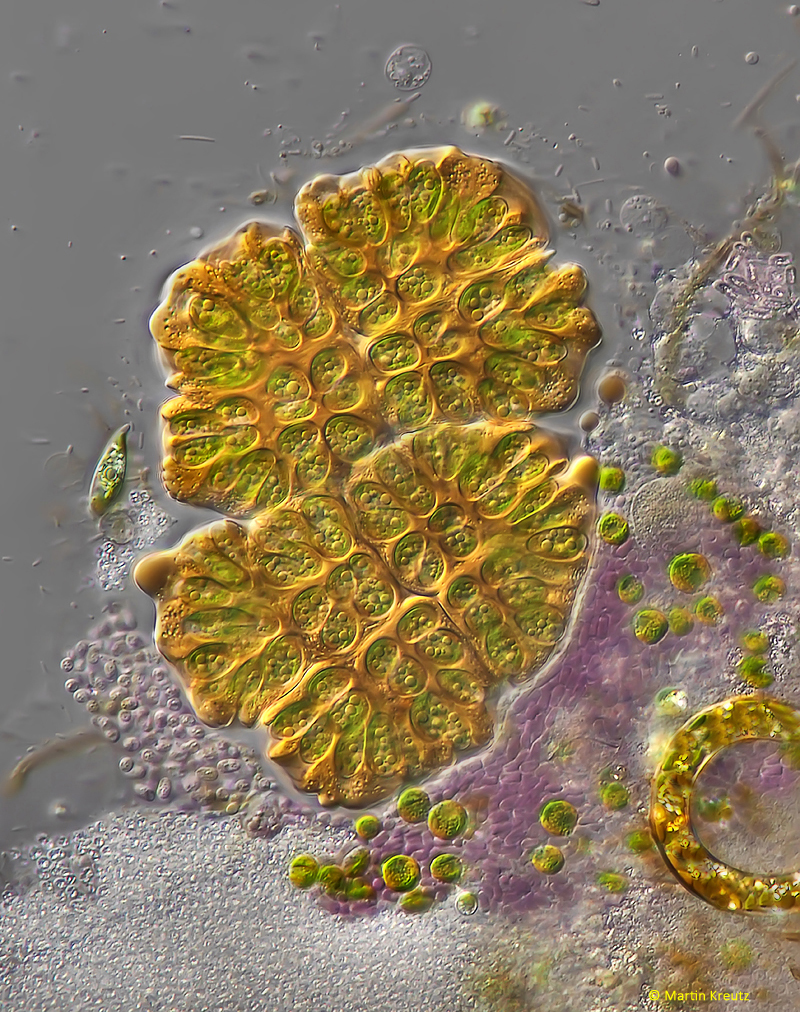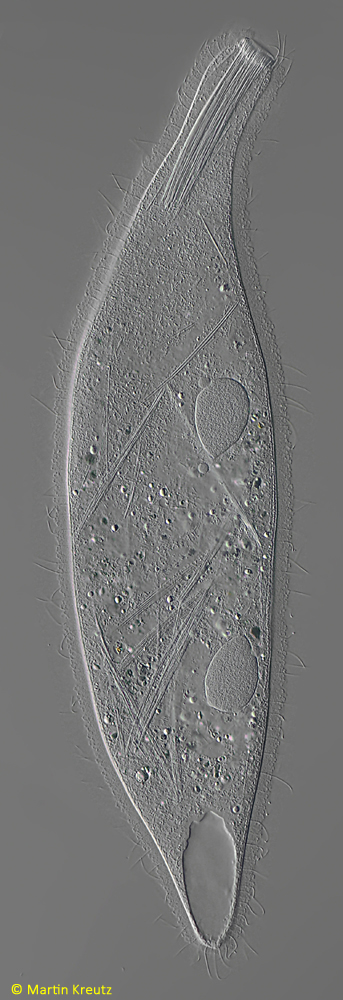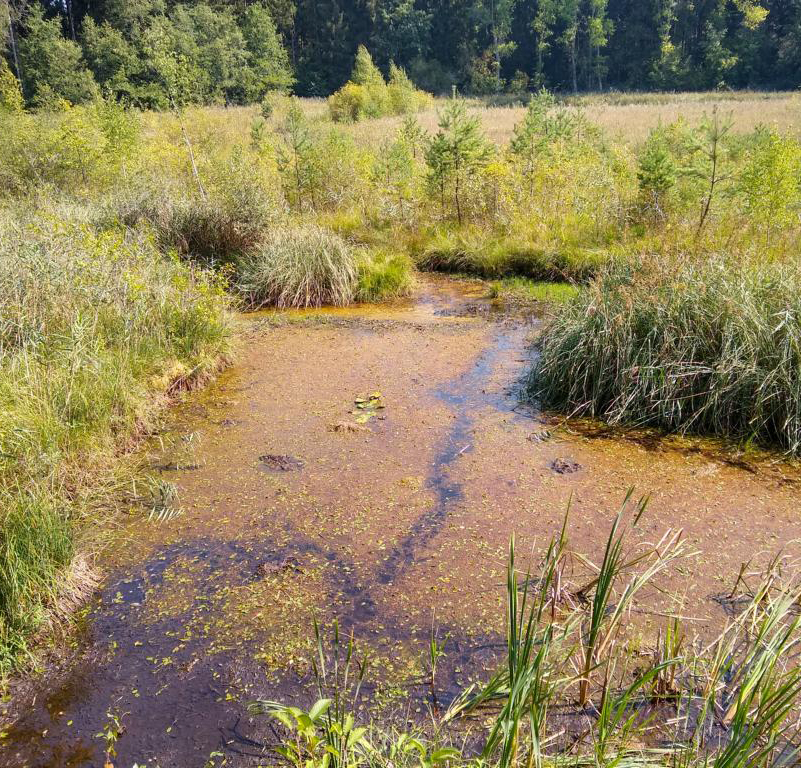The fauna of protozoa and metazoa in freshwater is enormously rich in species. Although many species have already been described, new ones are constantly being found. At the same time, the phylogenetic tree is constantly being adjusted, often based on staining techniques, electron micrographs, or genetic analyses. On this page, however, the light microscopic appearance of free-living individuals is in the foreground and the identification features recognizable with the light microscope. It is also important to me to show the aesthetics and beauty of many microscopic organisms that are not accessible to the naked eye.
The identification of microscopic life forms is often difficult, because of many species only the descriptions and drawings of earlier authors are available, such as Alfred Kahl, Eugène Penard or Heinrich Leonhards Skuja. Light microscopic images of the actual appearance of living specimens are often lacking. This can make identification difficult because there can sometimes be a significant difference between the drawing and the appearance of a living specimen. The images shown here are intended to fill this gap.
My interest in microscopic life forms in freshwater extends from the prokaryotes to the metazoans, whereby I have a preference for the ciliates, which form a species-rich and extraordinarily diverse group. Over the years I could assemble a rich collection, which I would like to show here, appropriately processed. Most of the microphotos shown here were taken on an Olympus BX 50 microscope equipped with DIC and microflash. Only with this equipment it is possible to photograph fast moving or low contrast objects. It also requires a certain amount of experience how to best prepare the living objects to get meaningful images. Finally, the introduction of digital cameras enabled a new quality, as it was possible to check the results immediately.
Most of the protozoans and metazoans shown here were found in Simmelried, a Sphagnum bog located in southern Germany, which is considered a hot-spot for the biodiversity of microscospic organisms. This area has been sampled by me continuously and without interruption since 1993. Thus, the collection of species presented here also gives an impression of which and how many species can be found in such a finding area.
A first impression of the species diversity in Simmelried was given by Prof. Wilhelm Foissner and me in 2006 in the book “The Sphagnum Ponds of Simmelried in Germany: A Biodiversity Hot-Spot for Microscopic Organisms” (s. Literature). At that time it was not possible to include all found species in the book. This website is a supplement and continuation of this collection.



